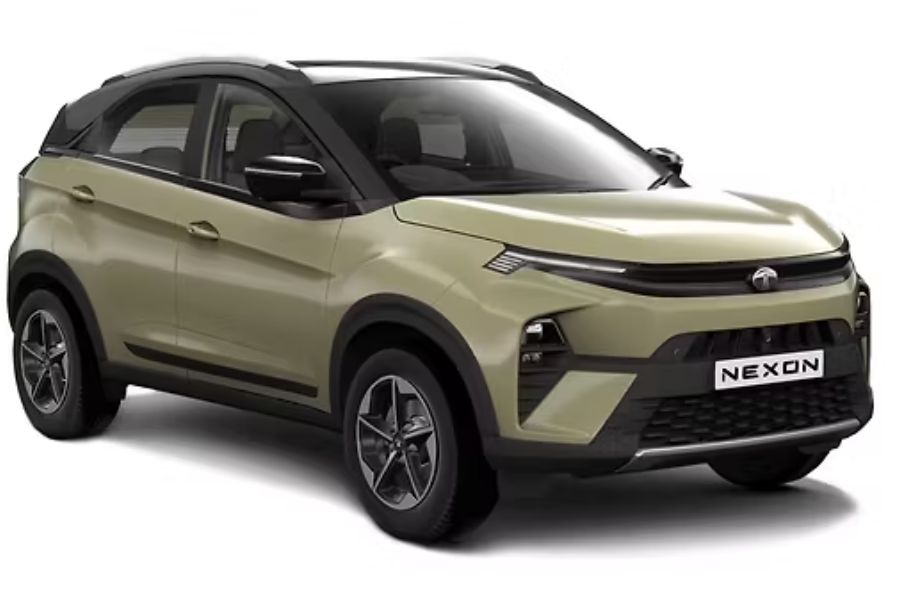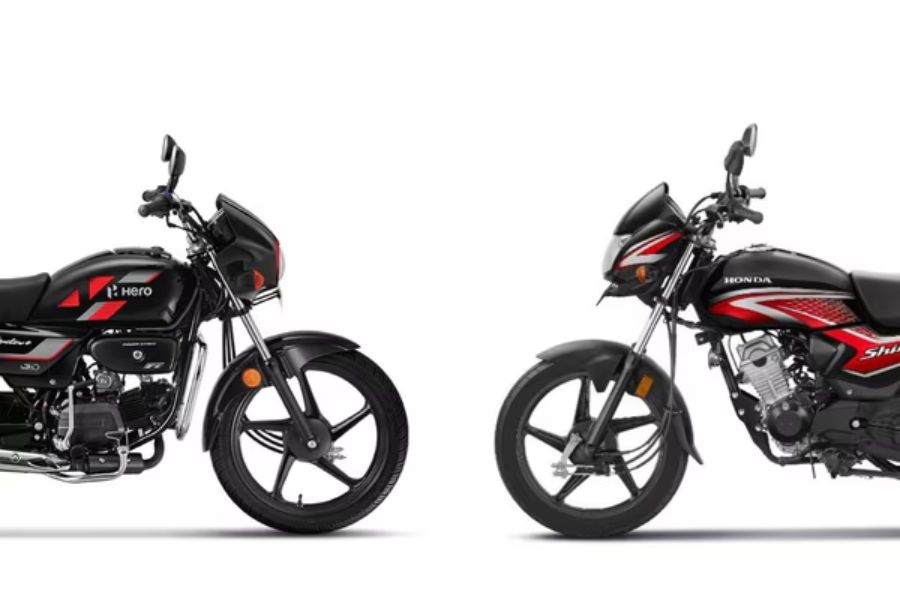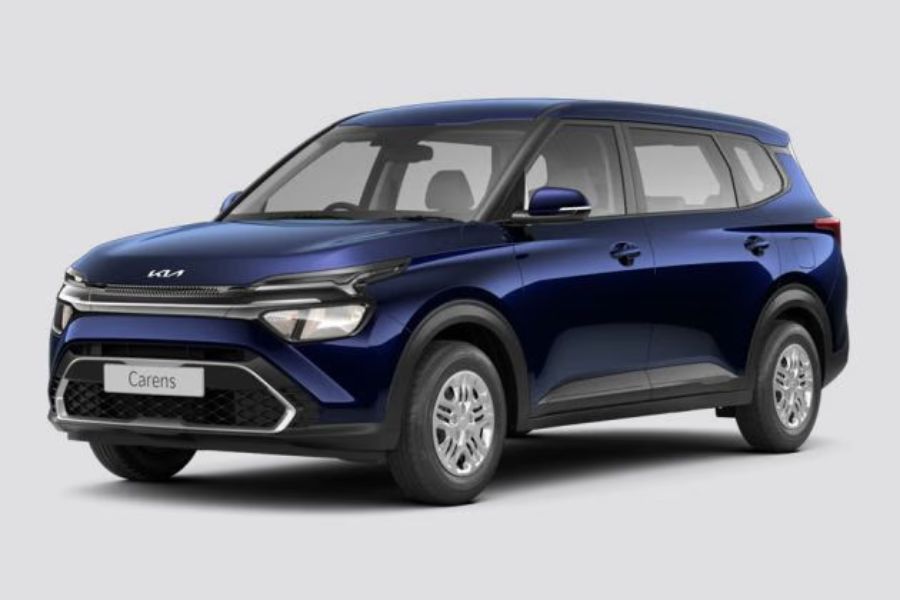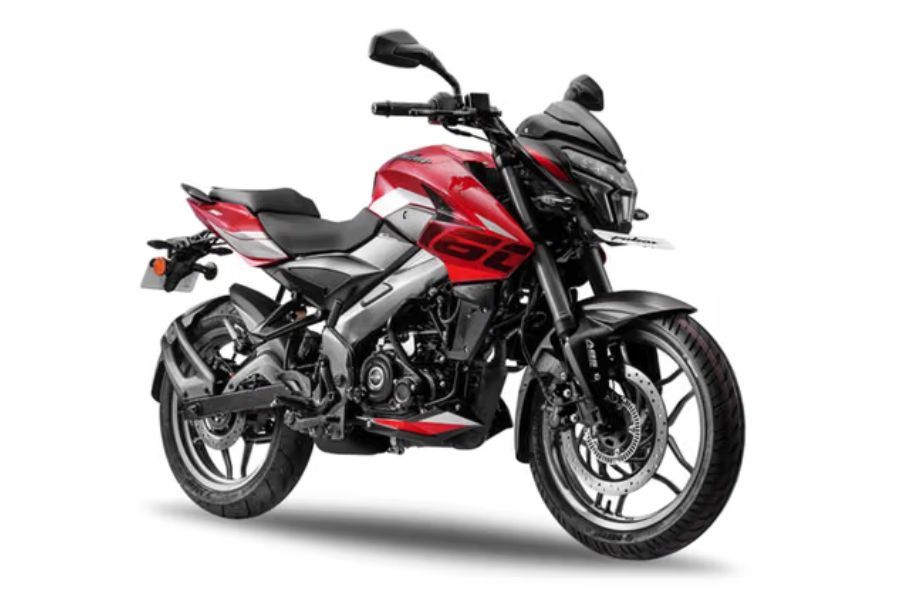In the rapidly evolving landscape of electric vehicles (EVs), the Tata Nexon EV and Mahindra XUV400 have undergone multiple updates within a short span. This comparison, the third in a year, delves into their design, interiors, performance, range, charging capabilities, and overall value proposition.
Design Philosophy
Both EVs showcase distinct design philosophies catering to different customer preferences. The Mahindra XUV400 features a conventionally styled exterior with sculpted lines and sharp edges, accentuated by copper-colored elements. In contrast, the Tata Nexon EV adopts a futuristic approach, characterized by a coupe-like roofline, animated connected LED lights, and harmonious curves, projecting a more modern and premium outlook.
Interior Transformation
The Mahindra XUV400 underwent a significant interior overhaul in 2024, transitioning from an all-black theme to a two-tone ivory-and-black color scheme, reminiscent of the XUV300. The introduction of a digital instrument cluster, a larger touchscreen, and a redesigned center console contribute to a more upmarket feel. Improved seating comfort, rear air-con vents, and added charging provisions enhance the overall passenger experience. On the other hand, the Nexon EV boasts a completely new interior, featuring touch-operable keys, a big screen, and illuminated steering. While the Nexon EV makes a strong first impression, it falls slightly behind in terms of user-friendly cabin ergonomics and storage space.
Performance Dynamics
Examining the performance specifications, the XUV400 holds an edge with a more powerful electric motor generating 150hp and 310Nm of torque, outperforming the Nexon EV in sheer numbers. However, the Nexon EV employs a second-generation motor and a larger 40.5kWh battery, resulting in a comparable performance. The XUV400, equipped with ESP and Traction Control, delivers smoother torque distribution and achieves a higher top speed of 155kph. Surprisingly, despite lower torque, the Nexon EV’s acceleration timings closely match the XUV400, offering strong performance with a more subdued power delivery strategy.
Range and Charging
In the realm of range and charging, the Nexon EV claims a slightly higher range of 465km compared to the XUV400’s 456km. Real-world testing reveals the Nexon EV’s superior efficiency with a range of 273km, outperforming the XUV400’s 251km. Both EVs support AC and DC fast charging, with the XUV400 having an advantage in charging speed, capable of reaching up to 45kW compared to Nexon EV’s approximately 30kW.
Battery Technology and Warranty
Tata and Mahindra employ different battery technologies, with the Nexon EV utilizing LFP (lithium ferrous phosphate) and the XUV400 opting for NMC (nickel manganese cobalt). Both promise an 8-year warranty, but it’s too early to definitively assess the long-term performance of these technologies.
Ride & Handling
The XUV400, with its softer suspension, excels in city driving but may feel bouncy on highways. In contrast, the Nexon EV’s stiffer suspension provides a more composed ride at higher speeds, coupled with sharper steering and better body control, enhancing overall confidence behind the wheel.
Verdict
While Mahindra has significantly improved the XUV400, addressing previous shortcomings and offering better value for money, the Tata Nexon EV stands out with a more desirable, modern, and premium experience. The Nexon EV’s design, interiors, motor performance, and efficiency, coupled with a wider variant range, make it a compelling choice, once again securing its position as the winner in this comparison.
Read More:




